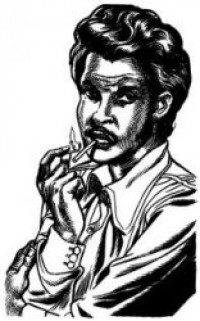Continuing my discussion of Orwell’s Nineteen Eighty-Four and the function of violence, here’s the Room 101 scene from the American 1956 film version.
Note that the story pretty closely follows the book and the other two film versions: the electric shocks, the “How many fingers?” routine, Winston seeing his degraded self in the mirror. You can see how much of a perverse initiator O’Brien is (called O’Connor in this adaptation), guiding Winston room to room, preparing him for each stage of his descent into hell.
While the 1954 version shows the rat device, but doesn’t actually put Winston in it, and the 1984 version with John Hurt does put him in it, this version uses the same basic fear but in a different configuration. O’Connor shoves Winston into Room 101, which is divided into to two by a wire mesh, with the rats on the other side. A panel begins to lift and release the rats onto Winston, who is not strapped down but is confined by the room.
The shot is composed as if the rat cage is directly over Winston’s face, which taps into the same sense of directness as the other versions, even though the way the room is set up the rats (a swarm, instead of one or two) are more likely to swarm over him than go directly towards his face.
Winston, once again, says, “Do it to Julia!”, and is released from the room, and collapses sobbing into O’Connor’s arm. Note that in the 1954 and 1984 versions, Winston screaming “Do it to Julia!” is the climax and the end of the scene, and then it goes directly to the Chestnut Tree cafe scene. In this version, we get O’Connor’s acceptance of the broken Winston.
In the 1954 version, merely showing the apparatus to Winston (and by extension to us, the audience) is enough, but in the 1956 version, Winston has to be alone in the room with the rats. The absence of overt control like the bondage straps or the chair are an interesting wrinkle, allowing Winston to voluntarily draw closer to the rat cage in horrified fascination.
There’s also an element of isolation in this version not found in the others. Winston is along in the room with the rats, with O’Connor/O’Brien outside, instead of O’Brien being in direct control of the rat apparatus. This enables O’Connor to act as a “good cop”, literally welcoming Winston with open arms once he leaves the rat room, even though O’Connor is in control of the whole situation. The idea that O’Brien manipulates Winston through reward as much as punishment is in the source material and the other filmed versions.
As far as I can tell, there wasn’t the same outcry over depictions of violence in the US over this film as there were over the 1954 British verison. It may have had something to do with the difference between theatrical film and TV broadcasting, or just different standards regarding violence between the two societies at that time.
Stepping back a bit, public outrage over violence in the media links up to the ongoing debate about “torture porn” as a film genre. John Shirley, reluctantly a member of the “splatterpunk” horror sub-genre, recently wrote in io9:
…I’ve never written so-called “torture porn”, in prose or script. Several points sharply distinguish my writing from that sort, but the most obvious is the point of view; there’s always something salacious, something innately sadistic about “torture porn”, a subgenre that crouches in the point of view of the monster and never seriously departs from it. There’s something distinctly sociopathic about it. Movies like The Devil’s Rejects, the Japanese film Audition, the Saw movies, come to mind—they seem eagerly sadistic. The French film Martyrs may have some redeeming social meaning but ultimately it’s torture porn. At best “Torture porn” seems a steam valve for a pressure that should never have built up-and it never has a genuine message. More meaningful examples of extreme fiction and film expose sadism, or the brutal, dehumanizing absurdities of life, without losing a moral center.
I’m not sure I buy Shirley’s distinction, or rather, I don’t think it is functionally useful. Orwell wrote Nineteen Eighty-Four with a strong sense of moral and political outrage, and his unflinching depiction of violence and terror was intended to shock people. Plenty of people, however, did not see that in the 1954 TV show. To them it was just a sadistic spectacle with no redeeming social meaning, pure “torture porn.” You could go into fine points of discussion about all of the works cited by Shirley and discussed here, and you could find their defenders and attackers. There are also plenty of works intended as political speech employing shocking imagery that may be (mis)read as spectacle.
The line Shirley draws is a lot more blurry than he would probably like.

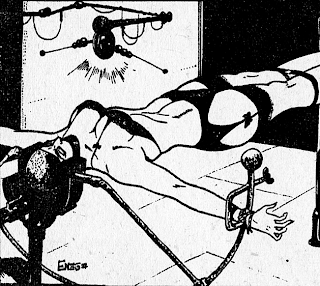
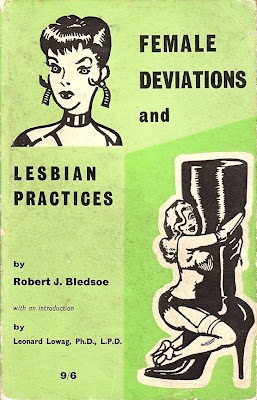


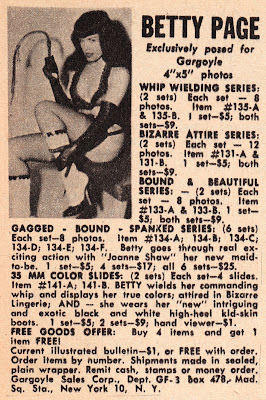



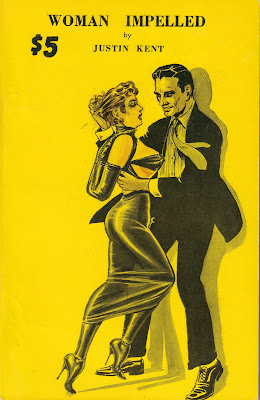
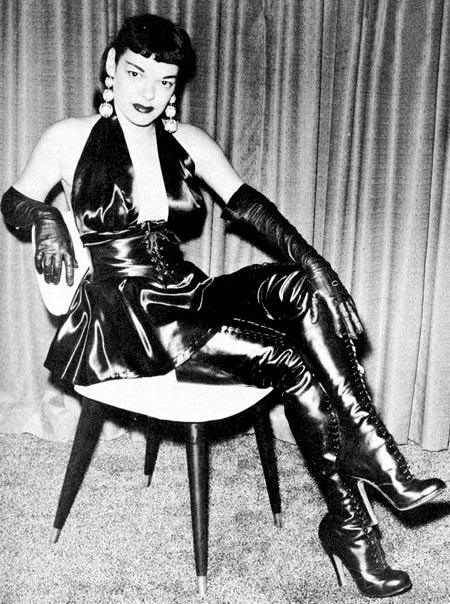
 Being Canadian, I’m always interested in Canada’s contributions to the sexual edge of culture. I was delighted to stumble across the story of
Being Canadian, I’m always interested in Canada’s contributions to the sexual edge of culture. I was delighted to stumble across the story of 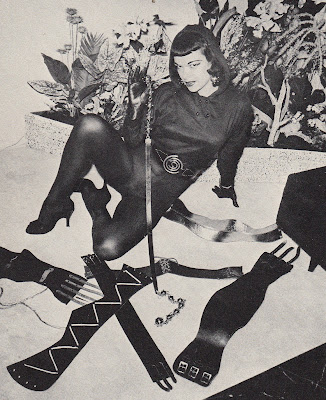
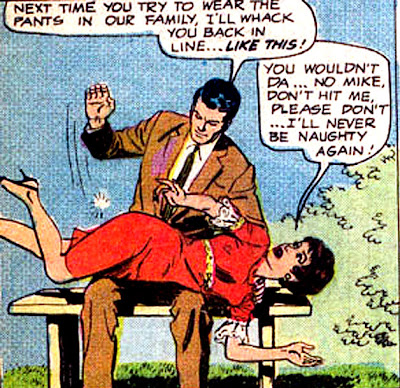
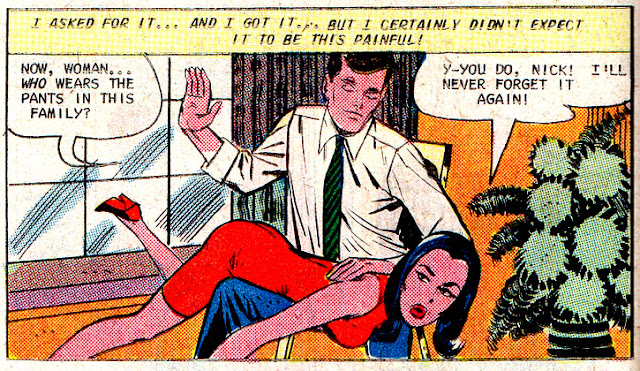

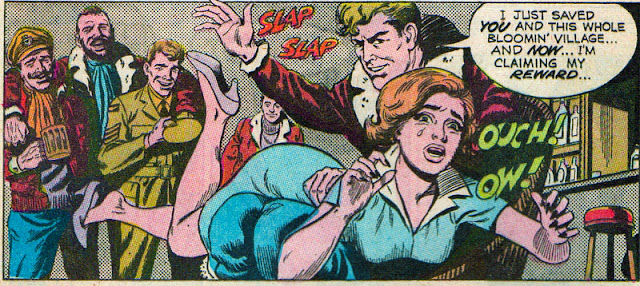
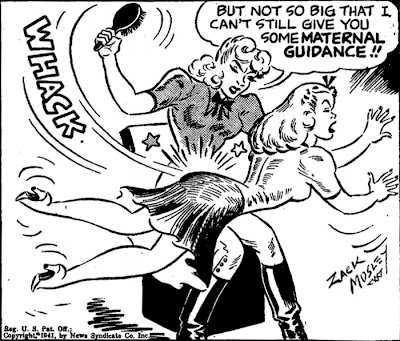

 is the latest in Richard Pérez Seves’ series of biographies of fetish artists and publishers.
is the latest in Richard Pérez Seves’ series of biographies of fetish artists and publishers.